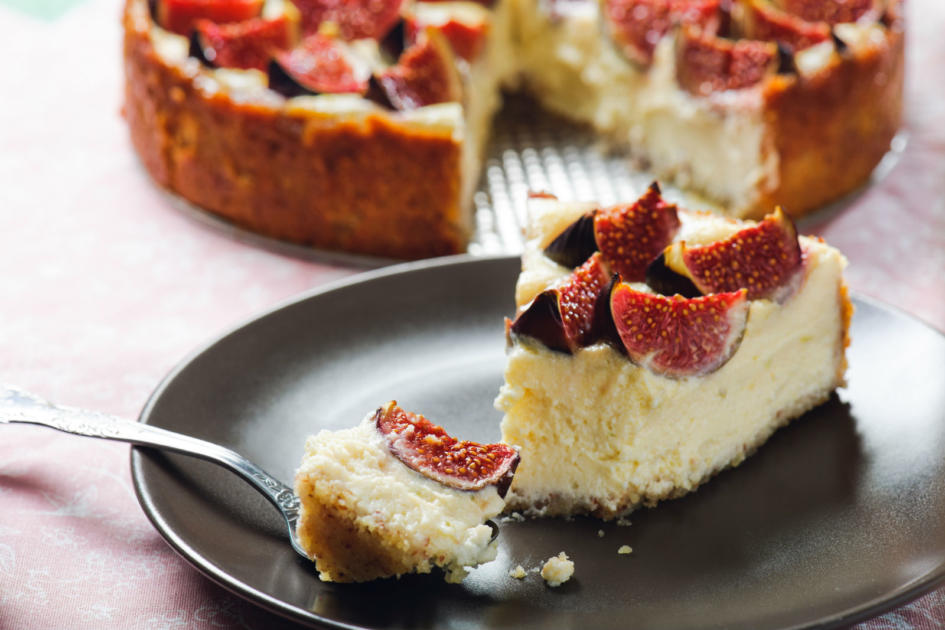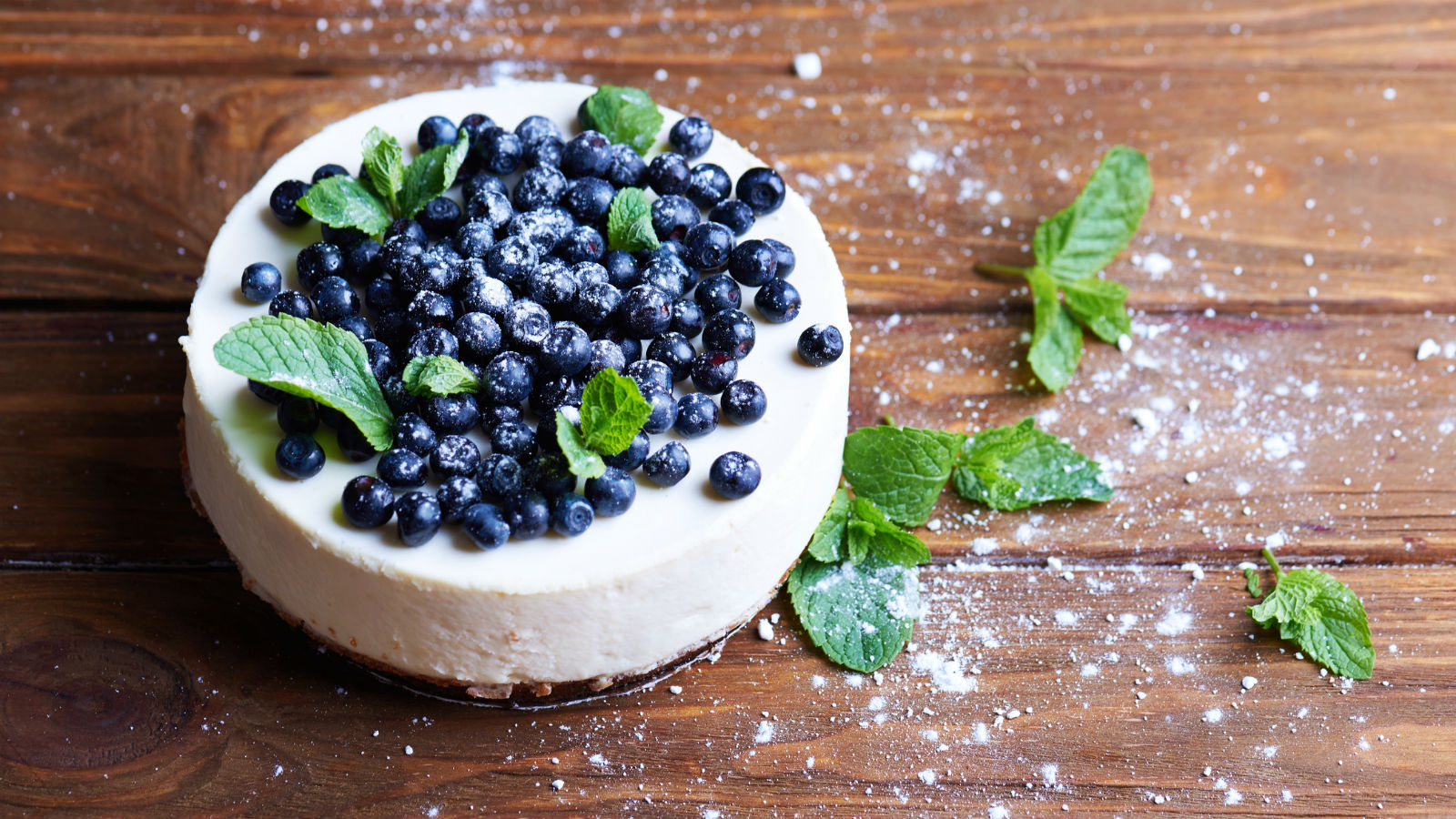While cheesecake may seem as American as, well, apple pie — and as Jewish as the New York deli — the truth is that cheesecake has been around for nearly 3,000 years and has traveled the world in many different forms, from savory to sweet, pie and pancake to pastry, tart to mousse.
Cheesecake’s roots are in the ancient world, where it was fed to athletes at the first Olympic games in 776 BCE to boost their energy for the competition. That might also explain why it became a wedding cake for the wealthy Greeks, who may have thought it would boost their energy in other arenas as well…
Fast forward a couple thousand years and halfway around the world, and there’s Bill Clinton. To celebrate his 1993 inauguration, the public was served pieces from a 2,000-pound, red, white and blue cheesecake.
How did that happen? Thanks to the Roman Empire, cheesecake spread from upper-class citizens and athletes to the masses so that by the time of Julius Caesar, his subjects were offering their gods a baked version called “libum.” The recipe as recorded by Cato in a 2nd century BCE farming book included cheese, cornmeal, flour and an egg beaten together and baked “slowly on a hot hearth stone under a dish.” The result was savory and probably lumpier than more modern versions.
The Nosher celebrates the traditions and recipes that have brought Jews together for centuries. Donate today to keep The Nosher's stories and recipes accessible to all.
There is some debate as to when Jews were introduced to cheesecake, either in Greek-occupied ancient Palestine, where cream was left hanging in skins to thicken by draining the water out (similar to turning yogurt into labneh), or by the Romans a century or two later. The important thing is, Jews took to cheesecake, and both made it to what is now modern Europe and beyond, where everyone adapted cheesecake to local tastes and ingredients.
We know a lot about various forms of cakes, tarts, pies and pastries using cheese curd in the 13th to the 17th centuries from recipes in cookbooks. In Central and Northern Europe, it was often a sweet tart made with a larger-curd, tangier cheese called quark. A fresh, mild, soft cheese, quark could be described as mascarpone mixed with sour cream.

Italian recipes combined ricotta (usually sheep’s milk) with polenta and almonds, and sometimes lemon or rum as well, to create a more pudding-like, sweet “budino di ricotta,” directly descended from the ancient Romans. This creation has been served for centuries at Easter and is now part of Shavuot celebrations for Italian Jews.
By the 18th century, recipes became more thick custards of cream and eggs, flavored with lemon or citron peel, rosewater and spices like cinnamon. From colonial manuscripts, we know that the English and other European colonists brought their versions to North America.
But it was the Jewish immigrants from southern and Eastern Europe who came to the U.S. in the late 19th and early 20th centuries who really created today’s popular cheesecake culture. New York delis Reuben’s and Lindy’s feuded about which was the originator of the classic New York-style cheesecake. Sometimes called Jewish style, this is the cheesecake most popular today: cream cheese, sour cream, eggs, vanilla and sugar, baked in a crumb dough. In the past, a spongecake crust was also popular. Cream cheese and toppings of fresh fruit or fruit in a sweetened syrup are American creations as well.
Find my favorite tangy, quick and easy cheesecake recipe here.



